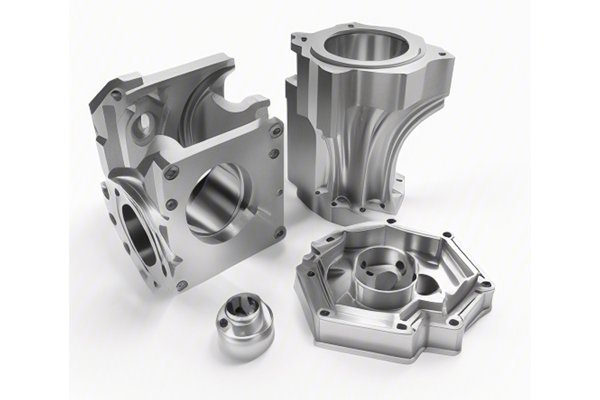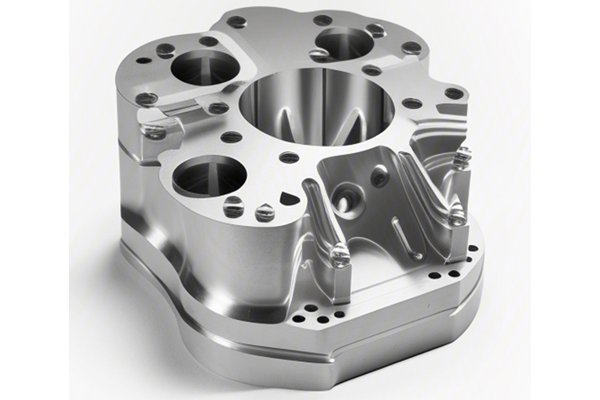In today’s rapidly evolving industrial landscape, the selection of materials for fluid delivery systems is critical to ensure their efficiency, durability, and overall performance. Among the various materials available, brass has consistently emerged as a preferred choice due to its unique properties. However, one crucial factor that engineers and designers must consider when selecting brass for fluid delivery systems is its melting point.
This comprehensive article explores the impact of the melting point of brass on its suitability for fluid delivery systems, examining how temperature tolerance affects the physical and chemical characteristics of brass, influencing decisions in material selection. At YL Machining, we believe that understanding these complexities can lead to more efficient designs and optimized performance.
Section 1: Understanding Brass and Its Properties
Brass is an alloy primarily made of copper and zinc, with the proportions of each metal varying to achieve desired properties. Copper provides excellent resistance to corrosion and thermal conductivity, while zinc contributes to the alloy’s strength and ductility. The two components work synergistically to yield brass with the following desirable characteristics:
Section 2: Brass Melting Points and Their Implications
The melting point of brass typically ranges between 900°C to 940°C (1652°F to 1724°F), contingent upon its specific composition. Understanding the melting point is pivotal for several reasons:
2.
The melting point of brass dictates the processing methods available to manufacturers. Higher melting points facilitate certain fabrication techniques, such as casting and forging. When selecting brass for fluid delivery systems, engineers must assess the melting point to ensure compatibility with the chosen production processes. The amalgamation of mixing temperatures must be carefully controlled to prevent unwanted properties from developing in the alloy.
2.
Fluid delivery systems operate within specific temperature ranges, influenced by environmental factors and fluid characteristics. When selecting brass, it is essential to consider whether the operating temperature could approach or exceed the melting point. Exposure to elevated temperatures may lead to material softening, compromising structural integrity. Thus, engineers should identify and analyze the maximum temperature that the system will experience to select an appropriate grade of brass with a higher melting point.
Section 3: Material Selection Considerations
3.
The selected brass must be chemically compatible with the fluids it encounters. For example, fluids containing chlorides or other corrosive agents can accelerate corrosion in certain brass alloys. At elevated temperatures, brass may experience increased susceptibility to dezincification, a form of selective leaching that can weaken the material. Understanding the melting point helps engineers evaluate how the selected brass may react in real-world operating conditions.
3.

The mechanical performance of brass varies with temperature, influenced by the reduction in strength as the material approaches its melting point. While brass retains adequate strength at normal operating temperatures, engineering judgment is necessary to ensure that any peak temperatures won’t compromise the mechanical performance. This understanding aids in selecting the appropriate alloy that can withstand potential thermal stress.
Section 4: Common Applications of Brass in Fluid Delivery Systems
Brass is widely employed in fluid delivery systems across various industries due to its advantageous properties. Key applications include:
4.
Brass is often used in plumbing fittings, valves, and connectors, primarily due to its corrosion resistance and longevity. Engineers consider the melting point during installation to ensure that temperature spikes during soldering or operation do not compromise the integrity of the fixtures.
4.
Heating, ventilation, and air conditioning (HVAC) systems often incorporate brass in components such as valves and refrigerant lines. The efficient thermal conductivity of brass is beneficial for heat exchange. However, designers must ensure that the selected brass composition can withstand potential changes in operating temperature.
4.
Brass is utilized in various automotive applications, including fuel lines and radiator components. Given the potential for high heat near engines, understanding the melting point becomes crucial to prevent failure. Component selection must consider operational temperatures, as exposure to extreme conditions can lead to degradation.
Section 5: Evaluating Alternatives to Brass
While brass is a critical material for many fluid delivery systems, alternative materials, such as stainless steel and plastic, may sometimes be more suitable based on specific requirements. Evaluating these materials involves analyzing comparable properties, melting points, and operational capabilities.
5.
Stainless steel variants have higher melting points (approx. 1400°C to 1500°C or 2552°F to 2732°F) compared to brass, making them suitable for high-temperature applications. However, they may lack some key advantages of brass, such as ease of machining and cost-effectiveness.
5.
Plastics, such as PVC and PEX, provide lightweight alternatives for select fluid applications. While they are often cheaper and more resistant to corrosion, they have lower melting points and can degrade under high temperatures, unlike brass.
Selecting brass for fluid delivery systems is a multifaceted decision that requires understanding the melting point’s influence on material performance. It is crucial to evaluate how temperature affects mechanical properties, corrosion resistance, and compatibility with various fluids. By considering these factors, engineers and designers can optimize their choices, leading to improved efficiency and reliability in fluid delivery systems.
At YL Machining, we understand the intricacies involved in material selection for fluid delivery systems. With our expertise and advanced machining capabilities, we assist clients in navigating these complexities to ensure their projects are executed to the highest standard. As industry leaders, we remain committed to providing insightful, accurate information to elevate understanding in the CNC machining landscape and the materials that drive its success.






